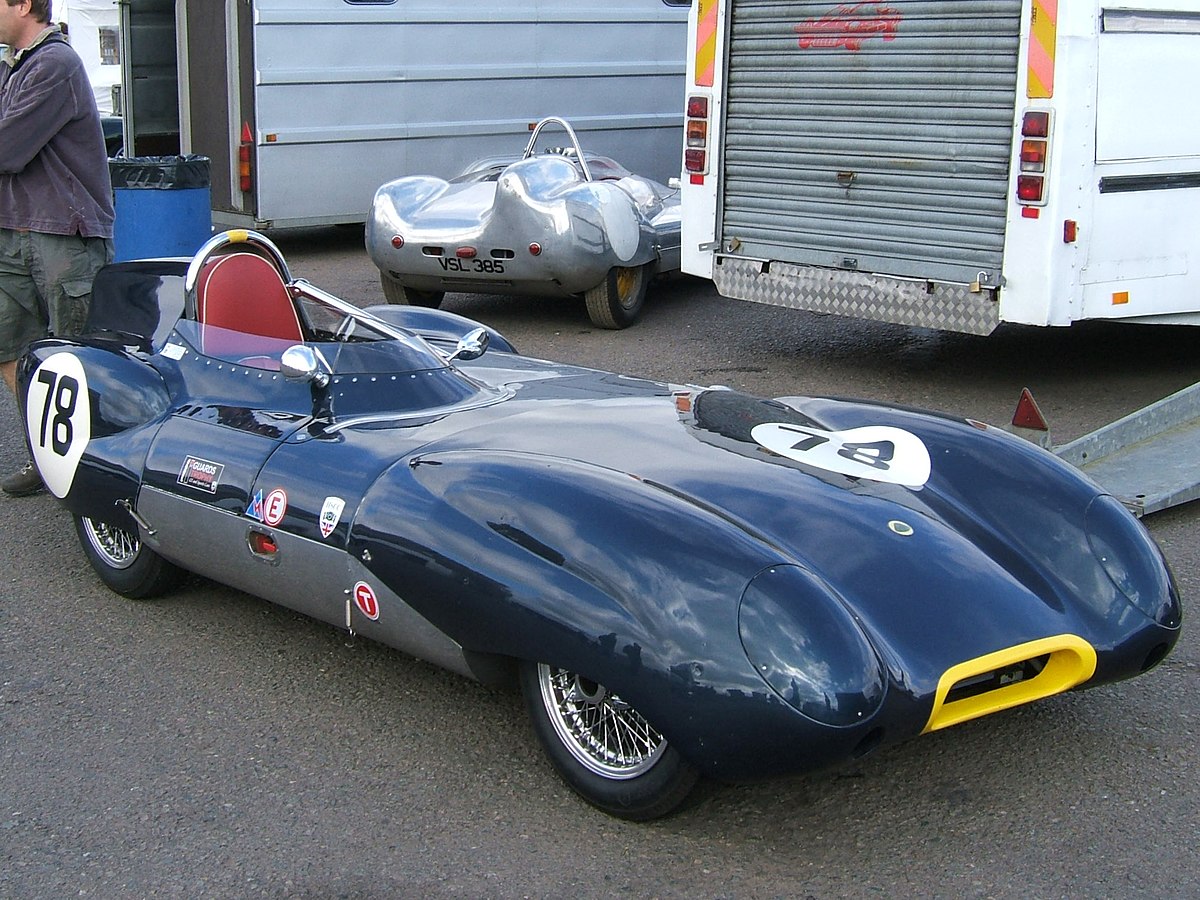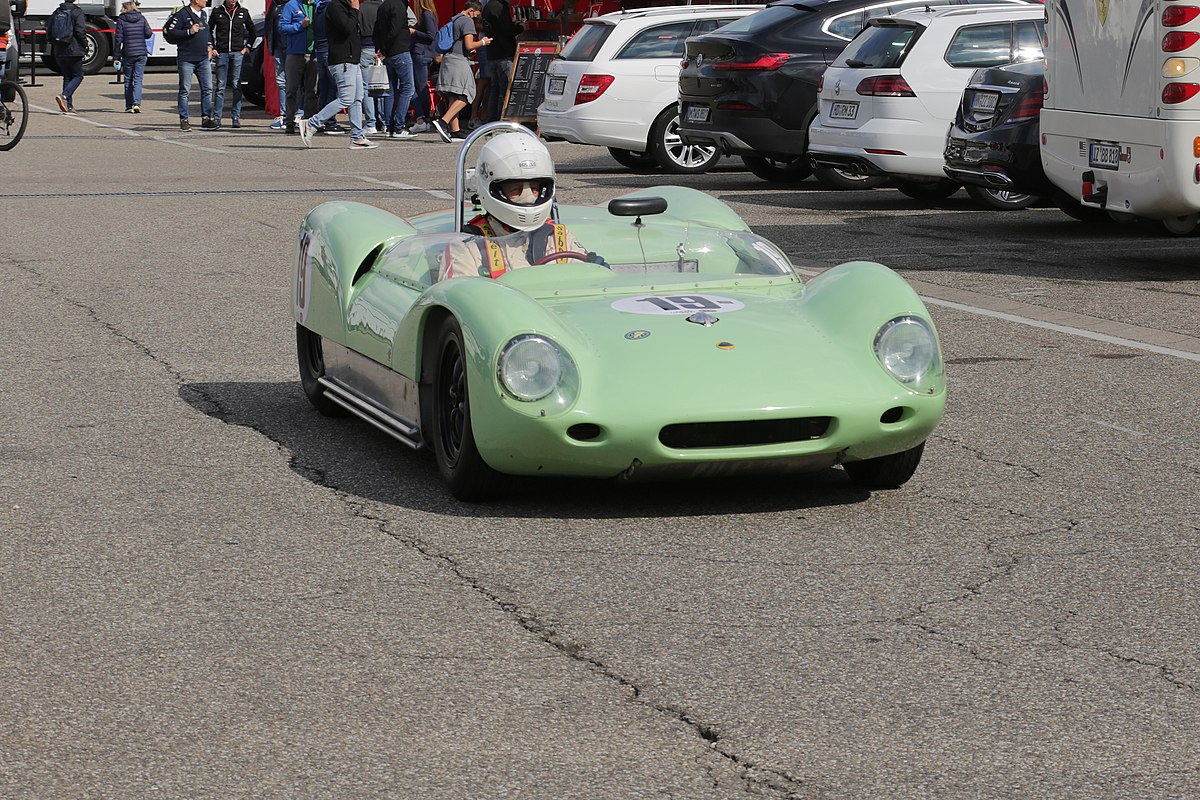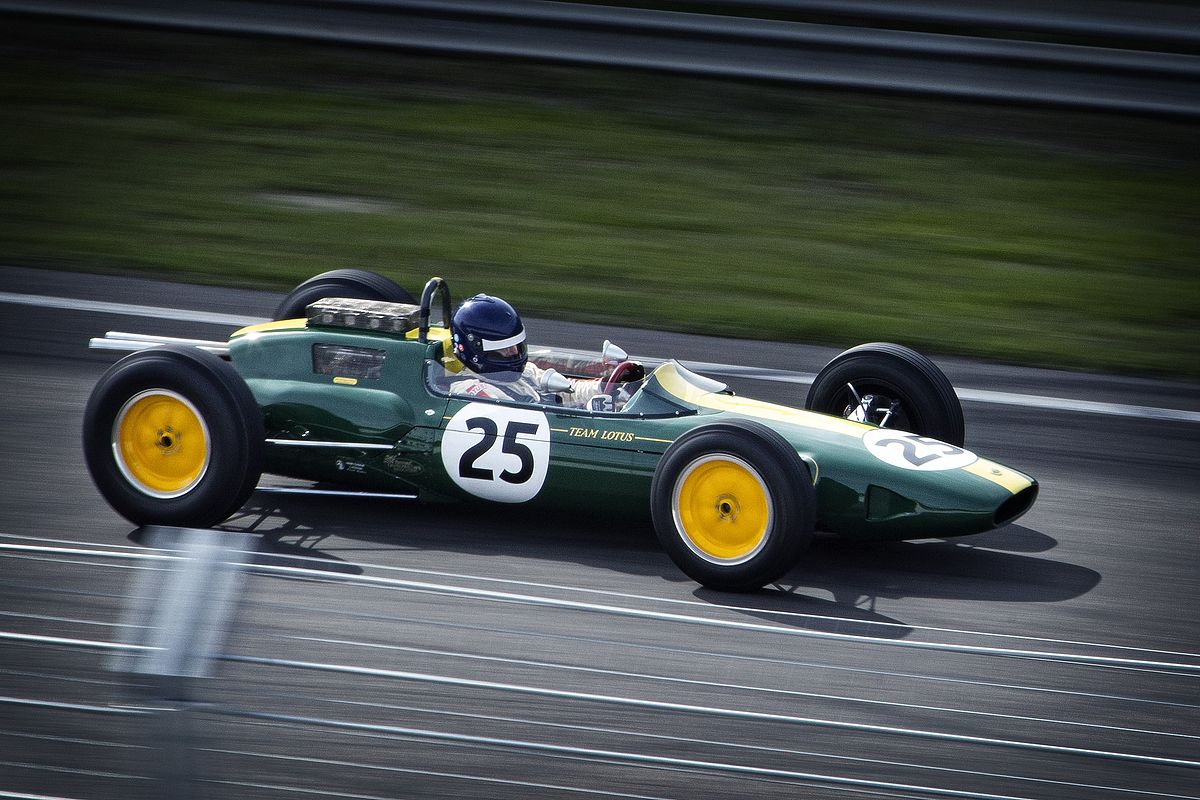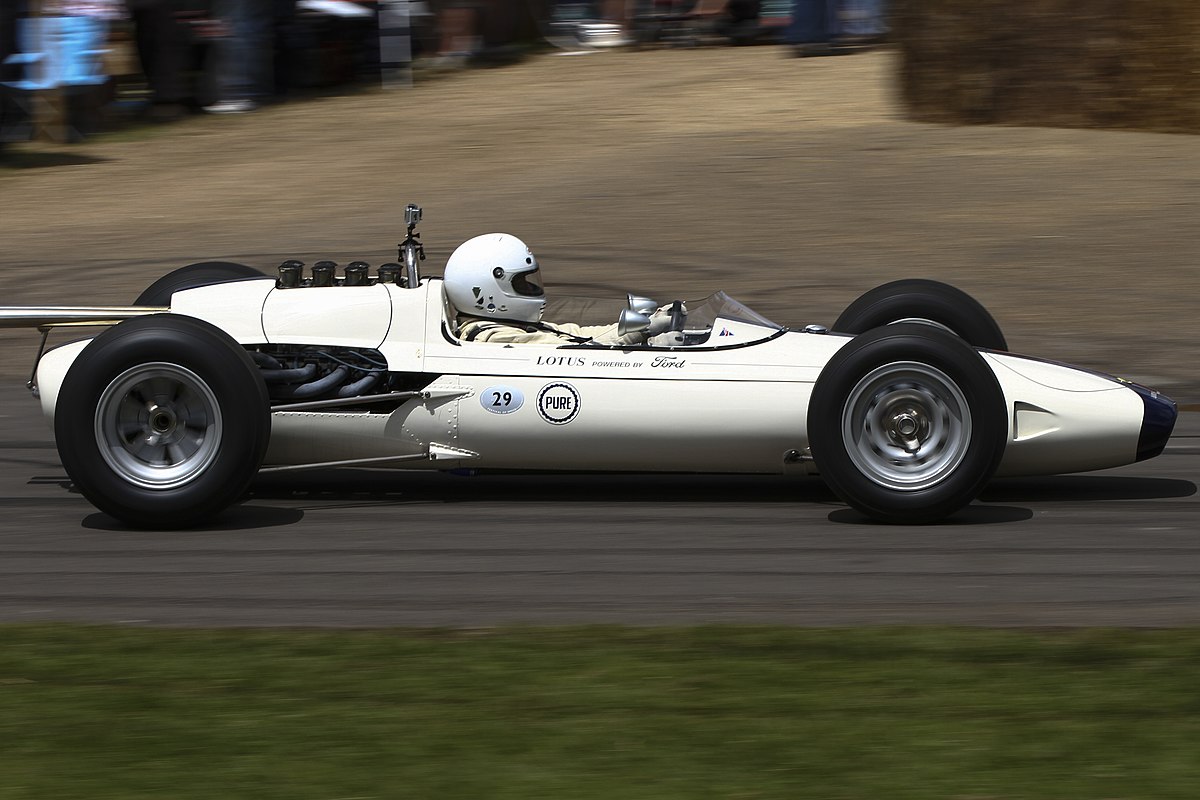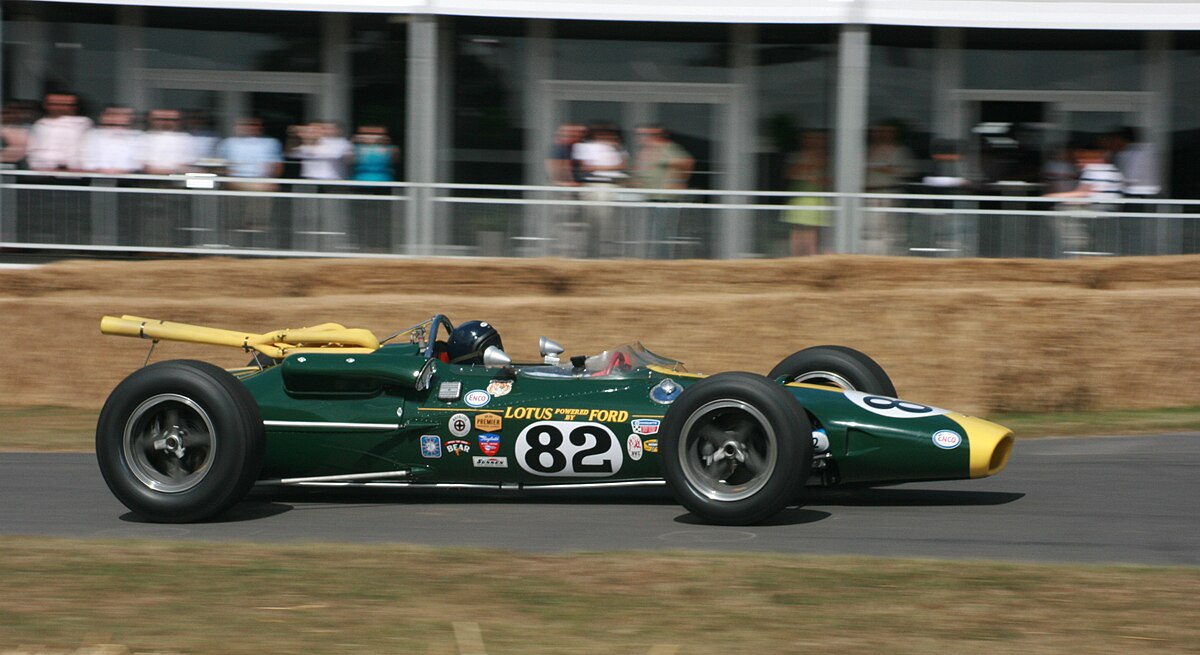Perhaps I got a little carried away in editing my reply, but I had fun digging up the details.
Digging into the Lotus history with ZF
In 1950s, Lotus built the rear drive Lotus 12, 16, and 18 Formula One and Formula Two cars with a Lotus designed "Queerbox" transaxle. It was based sequential motorcycle gearbox with a ZF limited slip differential. They were powered by front engined Coventry Climax FPF ranging from 1500 to 2500 CC.
Lotus used conventional ZF gearboxes for some of the Lotus Elites starting in 1960. These used custom designed Coventry Climax FWE (Feather Weight Elite). The original FW engines were made for fire pumps that could be carried by two people. Colin Chapman recognized the value of reliable, lightweight aluminum block engines and used a FWA in the Lotus XI.
The Lotus 21 was built in 1961 with a four cylinder Coventry Climax FPF engine and a ZF5DS10 to fill a gap while waiting for the V8 Coventry Climax engine. This was the first Lotus to win a Formula One Grand Prix race.
In 1962, Lotus built the successful Lotus 25 Grand Prix car with a ZF 5DS10 and mated to a Coventry Climax FWMV V8 1,500 CC engine. The ZF transaxle was designed for this car. The 25 was the first monocoque race car. Lotus also built a conventional version of this car with a tubular space frame, the Lotus 24, for customers to purchase and race.
In the fall of 1962, and at Dan Gurney's instigation, Lotus brought a Lotus 25 to Indy for testing. They then built the Lotus 29 Indy car which had a Ford 256 V8 and a Colotti transaxle. It ran at Indy from 1963-1965.
In 1963, the one-off Lotus 19B (closed wheel body) had a Ford 289 engine with a
Colotti transaxle. In 1964, it was described as the world's fastest sports car, but the Colotti transaxle was the car's weak point. Later in 1964, the successor to the 19B, the Lotus 30 came out. It also has a 289, but this car had the ZF 5DS20. Also in 1964, the Lotus 34 Indy car had a 289 paired with 5DS20 transaxle.
In 1964, Lotus came out the Lotus 33 an update to the Lotus 25, but it didn't start winning races until the following year, giving Jim Clark his second championship win.
The Lotus 38 with a Ford 256 V8 and a 5DS20 was the first Lotus to win at Indy in 1965 with Jim Clark leading for all but 10 laps.
In 1968, Lotus built the 47D, one-off version of the Lotus 47, the race version of the Europa. It was made at the request of the British car manufacturer GKN (they made castings, Vanwall bearings, Hardy-Spice CV joints, ...). One of the castings that GKN made was the Rover 3,500 CC V8 engine, so Lotus modified the body and chassis to fit the V8 and a 5DS20 transaxle (By 1968, I suspect the transaxle was a leftover sitting on the shelf).
So some of these Lotus cars might have inspired Ford to replace the troublesome Colotti with the ZF in the GT40s.

en.wikipedia.org

en.wikipedia.org

en.wikipedia.org

en.wikipedia.org

en.wikipedia.org

en.wikipedia.org

en.wikipedia.org

en.wikipedia.org

en.wikipedia.org

en.wikipedia.org

en.wikipedia.org

en.wikipedia.org

en.wikipedia.org

en.wikipedia.org

en.wikipedia.org
(Contrary to what I said above, it looks like the Lotus 49 did not have a ZF, but rather a Hewland transaxle developed with Lotus)

